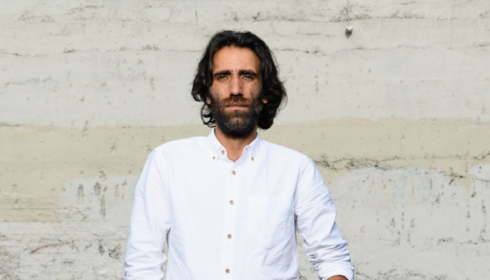
Australia’s first national curriculum for early childhood education and care, the EYLF, and Victoria’s state curriculum, the VEYLDF, were introduced in 2012. Educators in Victoria use both curriculums to guide their teaching of children aged 0-5 years in long day care, kindergarten and family day care settings.
While both curriculums focus on helping children to develop a sense of identity, they mostly ignore gender identities.
Though educators requested more resources around gender identity during the consultation period of the Victorian curriculum’s late 2015 review, this has not been acknowledged in the progress reports or the revised release. There are few publications available to help educators support children’s gender identities. For example, in a publication endorsed by the highest Australian authority on early childhood education and care, the attainment of “gender stability (sure she/he is a girl/boy)” is listed as a developmental milestone for all children aged three years.
The idea of gender stability is a ciscentric understanding of gender, which categorises transgender and gender-diverse children as “developmentally confused” rather than respecting their preferred gender identities.
Why is teaching about gender identities important?
The report “Growing Up Queer” states that children should learn about gender diversity and equity as early as possible, as experiences of harassment, ostracism and violence relating to gender identities were reported to start early in life. The shocking rates of gender-based bullying in schools show this education is important not just for trans and gender-diverse children, but all children. All children should be taught to be inclusive, equitable and kind, but too often conservative perspectives override this integral teaching, as demonstrated by the Safe Schools Coalition review.
Recent episodes of Insight and Australian Story explored how the lack of knowledge around gender identity can contribute to transgender people being unable to imagine a future for themselves. Including gender identity in the state and national curriculums would help educators support transgender and gender-diverse children and hopefully minimise the alarmingly common rates of suicidal ideation among transgender youth.
Teaching gender identities in early childhood education is also important because the United Nations Convention on the Rights of the Child states that education is a human right. But if educational settings fail to provide safe and secure environments for transgender and gender-diverse children to learn in, they are denying children their human rights to an education. While the national curriculum says that educators should use the principles of the UNCRC in their teaching, it does not support educators to do this for transgender and gender-diverse children.
Gender stereotypes and family violence
The findings of the Royal Commission into Family Violence state that “there is no doubt that violence against women and children is deeply rooted in power imbalances that are reinforced by gender norms and stereotypes”. These norms and gender stereotypes are learnt early in life, and are more complex than children developing a preference for certain toys or colours. Gender stereotypes inform young children that there is an appropriate and socially expected way of being a male or a female, and to step outside of these gendered constructs is unacceptable.
This has serious implications for how children perceive the possibilities for their lives, limiting their ideas around how they, and others, can think and behave.
Many educators acknowledge that gender stereotypes are damaging to how children form their identities and relationships with others. But conservative politicians and media tend to promote the view that children and their play are innocent of such exclusionary bias.
For example, while the draft national curriculum originally explained that children’s play can be “cruel, unfair and unjust – a space for politics and power relations, where children are excluded on the basis of gender, age, size, skin colour, proficiency with English, class, ethnicity, sexuality and more”, this was omitted from the final version due to political and media censorship from Liberal politicians and Murdoch-owned newspapers. Furthermore, educators are encouraged to perceive children’s “knowledge of gender-role stereotypes” as “developmentally appropriate”, rather than something they should be actively counteracting.
Gender identity and gender equity are human rights which should be incorporated into early childhood curriculums or teaching practice. With new professional learning programs such as “Start Early” addressing the impacts of gendered family violence on children’s identities, learning and development, there is hope that educators can access the resources and support they require to create inclusive and equitable learning environments for all children they teach and further hope that this will influence future revisions of the EYLF and VEYLDF.



